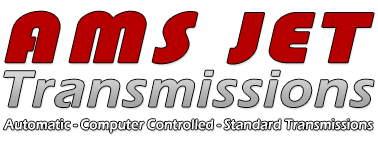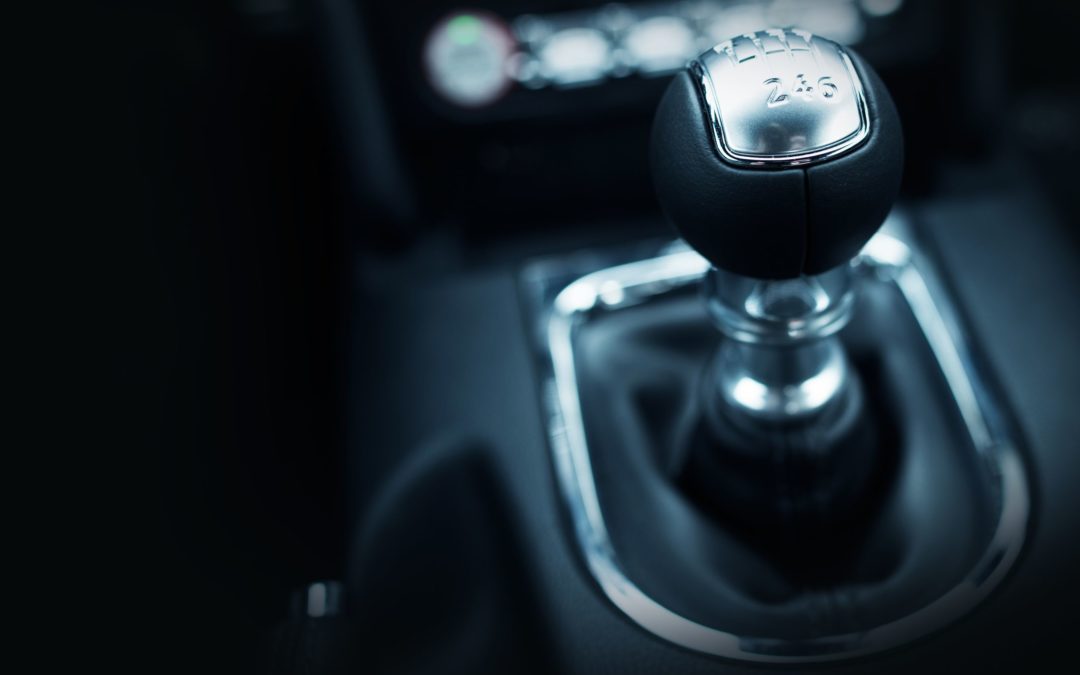Do you know why automobile manufacturers choose to install automatic vs manual transmissions?
A car with a manual transmission gets rarer every day as most modern vehicles opt for an automatic car transmission. However, why do some vehicles still stick with a manual? Below, we’re going to look into the pros and cons of each type of transmission and help explain why most cars are made to shift gears automatically.
Automatic vs Manual Transmission – How Do They Work?
Manual Transmission
The transmission is what controls the speed that the engine spins. This provides the wheels with the optimal amount of power it needs in a given situation. It does this by selecting different gears in the engine. The first gear being the largest allows it to supply more power while rotating slower. This ratio decreases until both shafts move at the same speed with the same amount of power.
Pros of Manual Transmission
Manual transmission or stick shifts give the driver more precise control over the gears. This allows you to make changes to your speed and how much power your torque converter utilizes in different terrain.
Because of this, driving a stick shift can theoretically be more fuel efficient in the hands of a skilled driver. A manual transmission is generally easier and cheaper to repair, as well. Lastly, some tend to argue that manual transmission vehicles are less likely to be stolen as less people are capable of driving them.
Cons of Manual Transmission
However, learning how to drive a manual is fairly difficult. It requires time and practice to understand what gear is appropriate at what time and how to appropriately engage the clutch pedal. They can also be frustrating to operate in heavy traffic without stalling.
Automatic Transmission
An automatic transmission performs as described and automatically handles gear shifting. It’s as easy as moving the car from park to drive or reverse when necessary. Driving an automatic makes it easy by identifying how much spin or power your engine needs based upon your regular driving habits.
The transmission shifts in automatics generally occur quicker and smoother as well. Unless you make accelerate rapidly, you likely won’t feel the gears switch like you would with a manual transmission.
Pros of Automatic Transmission
An automatic transmission makes a car friendly for anyone to drive. You can focus on handling the wheel and everything around you without worrying about stalling the car or damaging the transmission.
Most cars in the United States typically come with an automatic transmission as well. Many sports cars are breaking the typical mold as well and can come with automatic or manual transmissions.
Cons of Automatic Transmission
The biggest negative of an automatic transmission is likely that there are more moving parts that can require repair or maintenance. There are more complicated systems in place that allow this process to be automated, and in turn becomes more expensive to repair when more parts suffer wear and tear.
While not always true, a car with an automatic transmission can often be more expensive than the same car with a manual gearbox. This is a trend that seems to be changing, however, and some cars may even cost more to purchase with a manual transmission.
Automatic vs Manual Transmission – AMS Jet Transmission Does Both
It’s hard to argue objectively that one transmission is superior over the other. Those who prefer to drive stick shift often have a more intimate knowledge of a vehicle’s inner workings and prefer the finely tuned control it provides. Automatic transmissions better suit the average driver that just wants their vehicle to safely travel from A to B.
At AMS Jet Transmission, we don’t just maintain, repair, and replace transmissions, but we enjoy educating our customers about them as well. If you need assistance with your car’s transmission repair shop in Davie, FL area, give us a call at (954)-581-0390.

